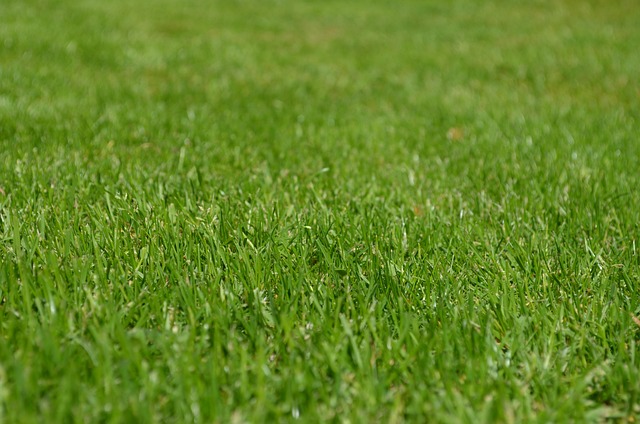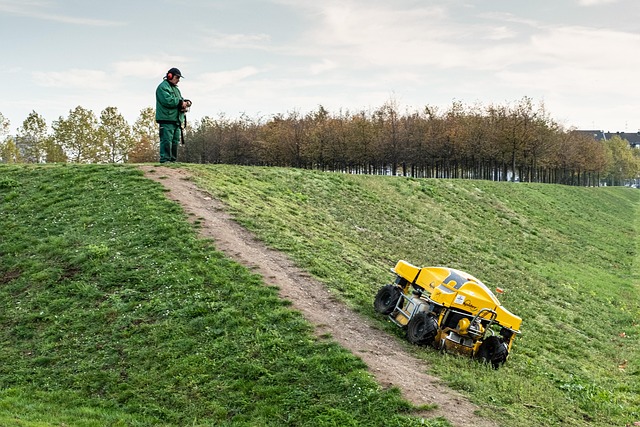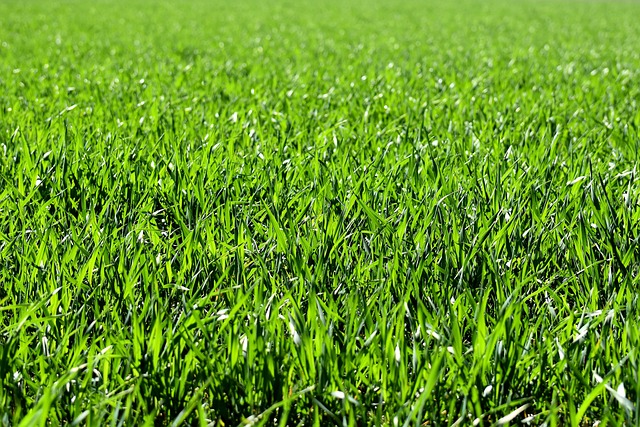Fall lawn fertilization, utilizing a strategic overseeding plan and specific nutrient blends, is crucial for preparing turfgrass in Thornton for winter hardiness. Assessment of lawn health, customized scheduling, regular mowing and watering, and application of balanced NPK fertilizers (30-30-10) at 10-15 lbs/1,000 sq ft are key practices to enhance root development, overall lawn health, and resilience against cold temperatures, ensuring a vibrant lawn throughout winter and into spring.
In Thornton, ensuring your lawn’s health and resilience during the cold winter months starts with fall lawn fertilization and overseeding. Understanding the importance of this practice is key to developing a robust maintenance plan. This comprehensive guide delves into the science behind it, offering insights on timing, techniques, and best practices for successful fall lawn fertilization. Discover how these steps can enhance your lawn’s hardiness, ensuring it thrives when other plants may struggle during winter.
- Understanding Fall Lawn Overseeding: Why It's Essential for Winter Hardiness in Thornton
- Developing a Comprehensive Overseeding Maintenance Plan
- Best Practices for Fall Lawn Fertilization to Ensure Optimal Winter Survival
Understanding Fall Lawn Overseeding: Why It's Essential for Winter Hardiness in Thornton

In Thornton, understanding fall lawn overseeding is crucial for achieving and maintaining winter hardiness. As the seasons change, turfgrass enters a period of dormancy, making it susceptible to damage from cold temperatures, snow, and ice. Fall is the ideal time to prepare your lawn for these challenges by implementing a strategic overseeding plan. This process involves seeding new grass alongside existing turf to create a thicker, healthier lawn that can better withstand winter conditions.
Fall lawn fertilization plays a vital role in this strategy. By applying the right nutrients at the appropriate time, you promote robust root development and overall lawn health. Fertilizers designed for fall use contain specific blends of nitrogen, phosphorus, and potassium that encourage strong grass growth during cooler months. This preparation ensures your lawn enters winter with enhanced hardiness, ensuring it regrows vigorously in the spring.
Developing a Comprehensive Overseeding Maintenance Plan

Developing a comprehensive overseeding maintenance plan is essential for maintaining a lush, healthy lawn year-round in Thornton. This involves strategic planning to ensure optimal growth during each season, especially focusing on fall lawn fertilization for winter hardiness. The first step is assessing your lawn’s current health and identifying areas that need improvement or reinforcement. This includes evaluating the soil structure, grass species, and existing vegetation to determine the best approach for overseeding.
Once the assessment is complete, a tailored maintenance schedule can be created. In fall, applying appropriate fertilizers specifically designed for winter hardiness is crucial. These nutrients help strengthen the lawn against cold temperatures and potential snow cover. Regular mowing and watering practices should also be incorporated into the plan to ensure grass seeds germinate successfully and establish root systems before winter sets in.
Best Practices for Fall Lawn Fertilization to Ensure Optimal Winter Survival

In Thornton, fall lawn fertilization is a crucial practice for ensuring optimal winter survival and a lush, green lawn come springtime. The best time to fertilize your lawn is during the late summer or early fall when temperatures are cooler. This allows the nutrients to be absorbed effectively without causing stress to the grass. When planning your overseeding maintenance, consider a balanced fertilizer with nitrogen, phosphorus, and potassium (NPK) ratios around 30-30-10. Apply approximately 10-15 pounds of fertilizer per 1,000 square feet of lawn area. Spread it evenly to avoid burning the grass.
Additionally, ensure proper watering after fertilization to help wash the fertilizer down into the soil where the roots can access it. This simple step is often overlooked but is vital for maximizing nutrient absorption. Remember, over-fertilization can lead to excessive growth and potential damage during winter, so stick to the recommended rates. By following these best practices for fall lawn fertilization, you’ll create a robust foundation for your lawn’s health, ensuring better resilience against winter conditions in Thornton.
Implementing a well-structured overseeding maintenance plan, with a focus on fall lawn fertilization, is key to enhancing your lawn’s winter hardiness in Thornton. By understanding the optimal timing and best practices, you can ensure your lawn remains vibrant and healthy throughout the colder months. This strategy not only improves aesthetics but also strengthens your lawn against potential damage, providing a beautiful and resilient outdoor space year-round.
